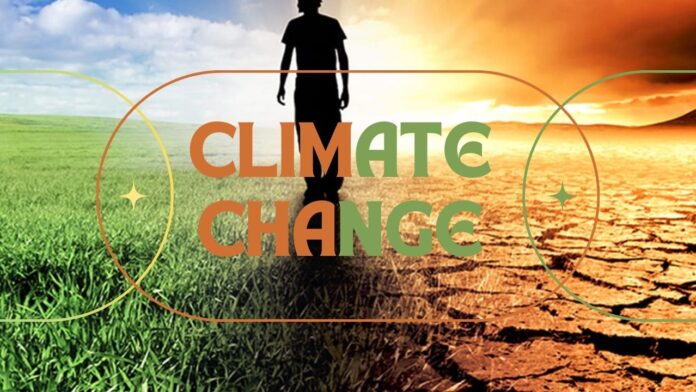Climate Crisis Fuels Gender Inequality
Climate crisis is far from “gender neutral.” Its impacts disproportionately affect women and girls, exacerbating existing gender inequalities and posing unique threats to their livelihoods, health, and safety. Here’s how:
- Resource Dependence: Women often depend more on natural resources for their daily needs, yet they have less access to them. As climate change disrupts ecosystems, access to clean water, food, and fuel becomes scarcer for women.
- Health Risks: Women face increased health risks due to climate-related events. During disasters like floods or droughts, pregnant women, nursing mothers, and older women are particularly vulnerable. Lack of access to healthcare exacerbates these risks.
- Economic Disparities: This change affects livelihoods. Women working in agriculture, fisheries, or informal sectors suffer when extreme weather events destroy crops, disrupt markets, or force migration. Unequal pay and limited economic opportunities persist.
- Education and Safety: Girls’ education is disrupted during climate-related emergencies. They may drop out of school to help their families cope. Additionally, women and girls face heightened risks of violence and exploitation in displacement camps.
- Poverty and Hunger: By 2050, climate change is projected to push up to 158 million more women and girls into poverty and lead to 236 million more women experiencing hunger. Poverty and food insecurity disproportionately affect them.
- Political Rhetoric: Anti-rights political rhetoric targets women, refugees, and marginalized groups. This crisis fuels escalating conflict and forced migration, further marginalizing vulnerable populations.
As we address climate change, a feminist approach is essential. Recognizing and addressing these gender-specific impacts is crucial for building a more equitable and resilient world.




















